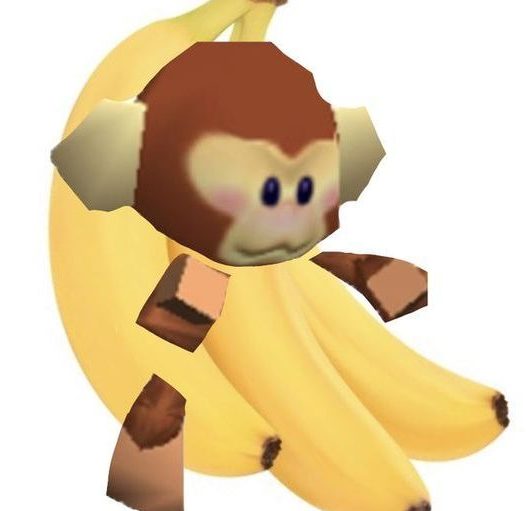finale.
project one:
https://editor.p5js.org/car1a/full/5PA-960CW
Though it took a lot of effort, I am not entirely happy with how the final project turned out. I set very high expectations for myself, which essentially set me up for failure. However, I do appreciate the lessons I’ve learnt from this and all the coding I have learnt. I think the aesthetic choices I did manage to make (the camera moving, the font, the scoreboard, the game over screen and the clouds) are all very cute and I am satisfied with them. Ideally, I would have added more of a narrative, but most importantly I would have made the gameplay more interesting and innovative. This gameplay has been done many times before and although I added new things I am not satisfied. I did my best and I am proud that I accomplished everything I did, especially considering how little experience I have with coding.
project two:

I am satisfied with my second project. It is almost exactly what I had in mind for this part of my work. I’m happy with the execution and all of the ideas that I had to create it, especially the tower itself, it took a lot of time and work to make it in the style I like and make all of those shapes and I think it was worth it in the end. I also think it is very reminiscent to real old-timey posters which I’m very happy with. If I were to improve it, I would probably add some more details to explain the context of the poster to the audience, perhaps actually naming the tower itself, or adding some more text to hint the meaning better to the audience. I’d also add some more details to the actual tower itself, perhaps some more colour and people around.
Overall, I’m satisfied with the work and effort I put into these projects even if they didn’t turn out exactly to my expectations. I have learnt a lot from my efforts and I’ll apply this to any future projects I have.
